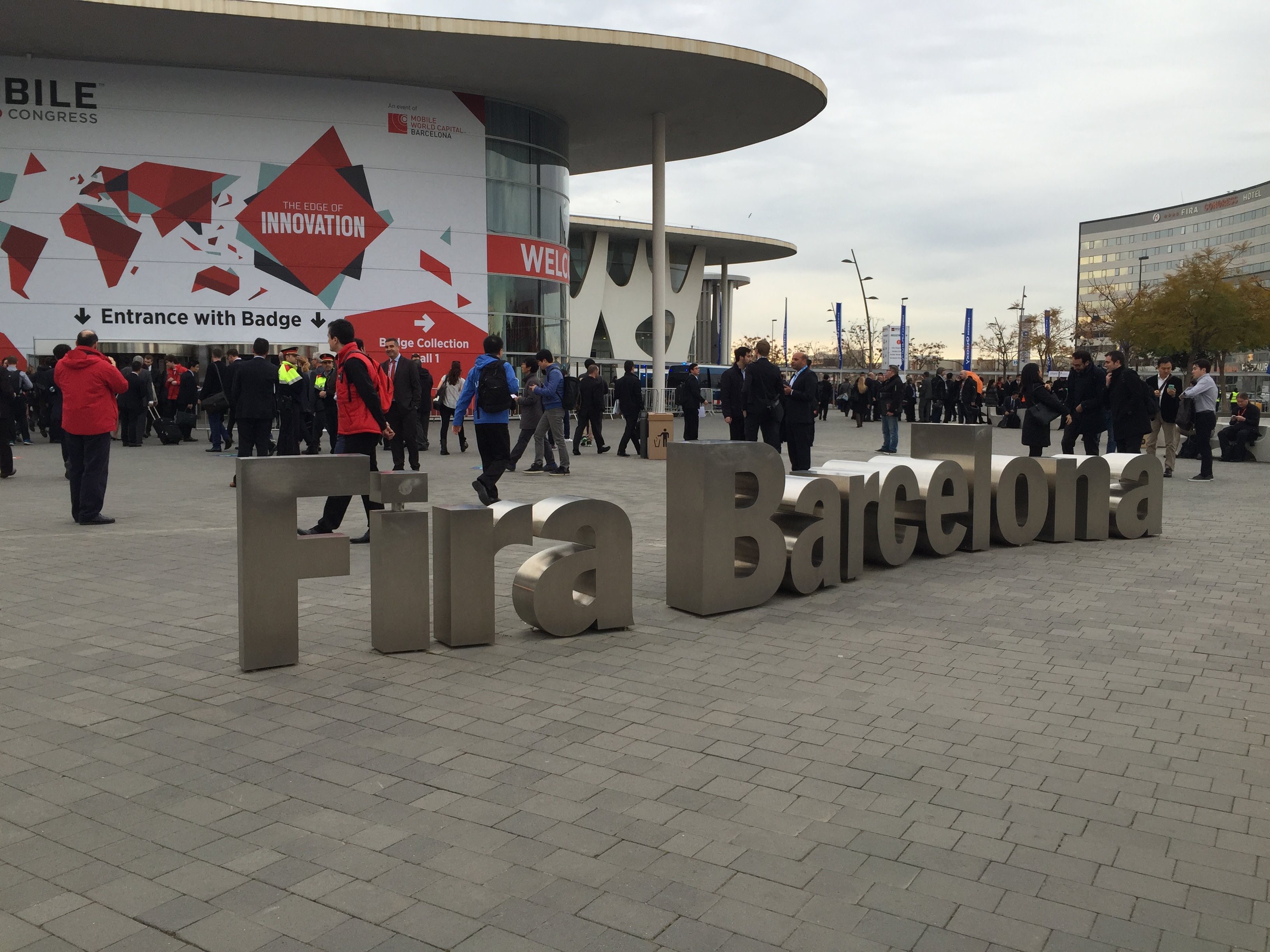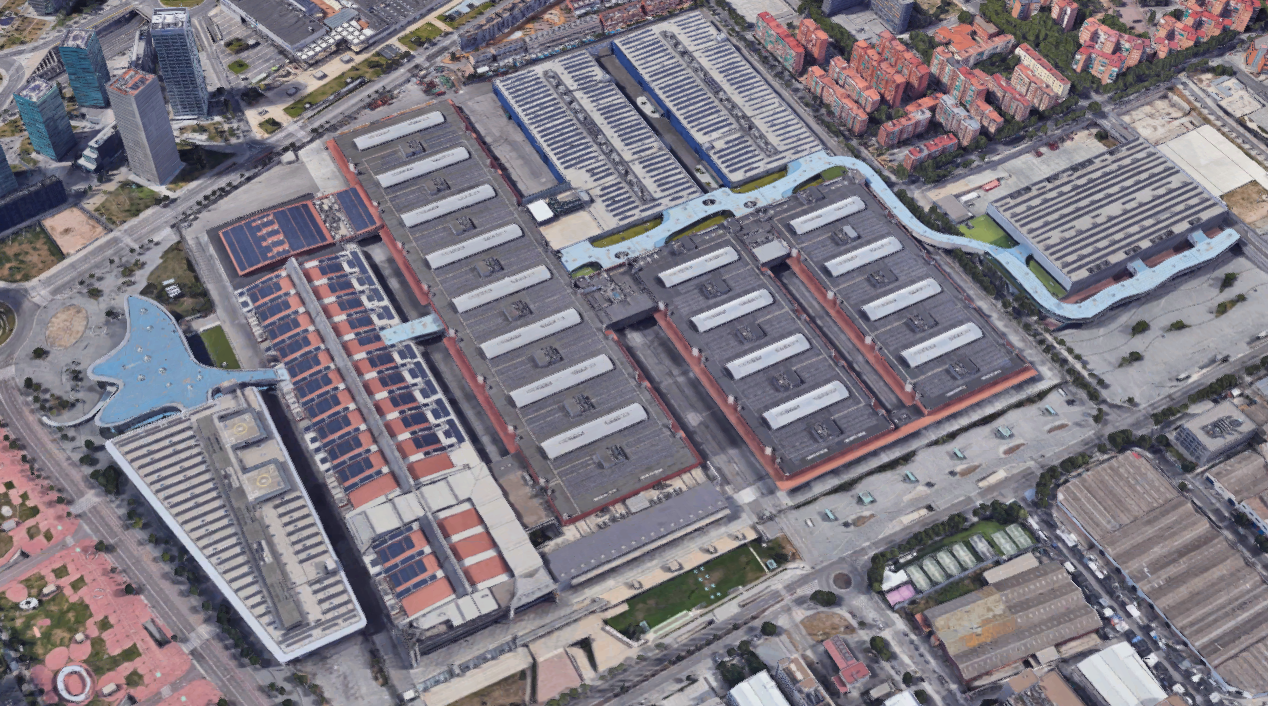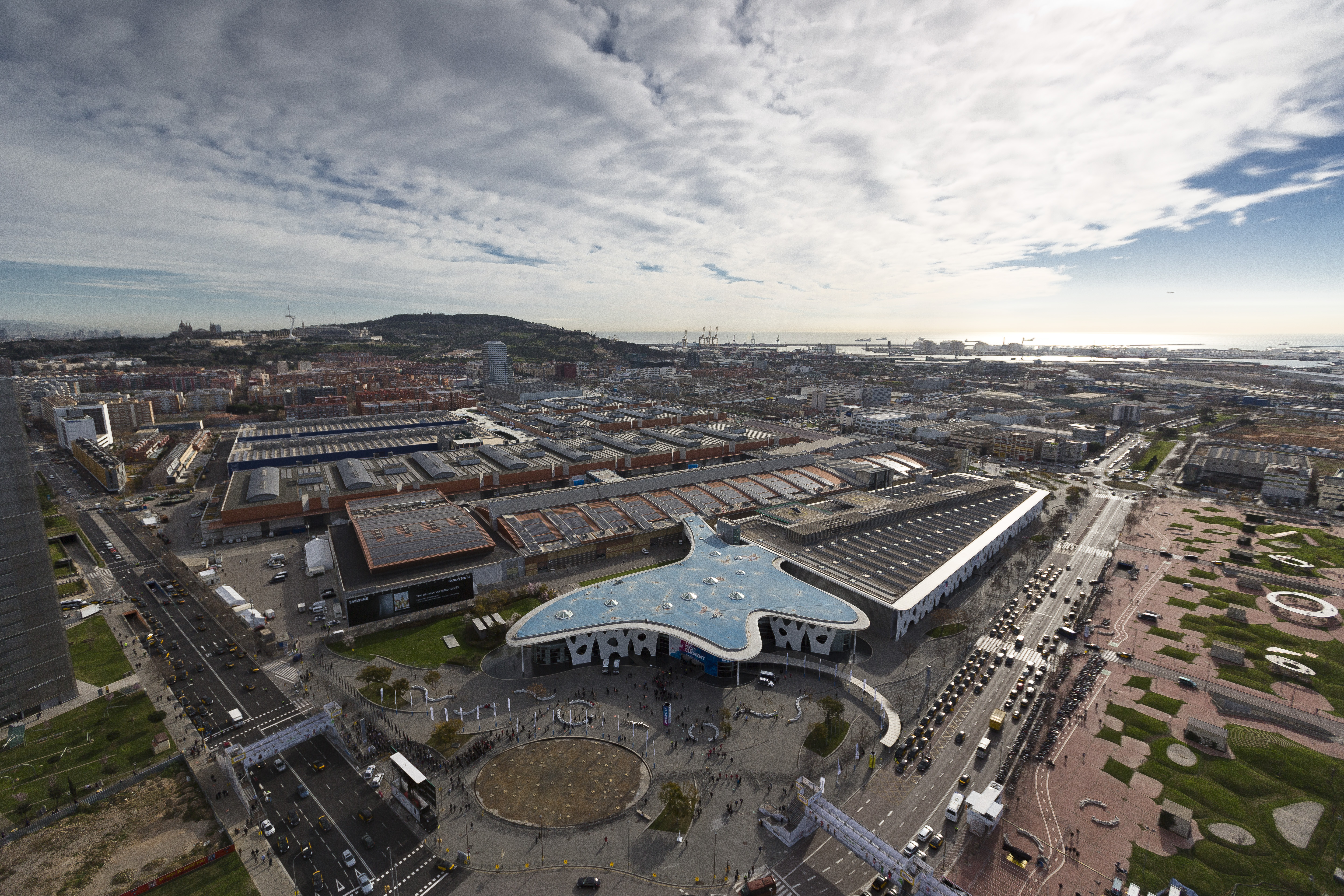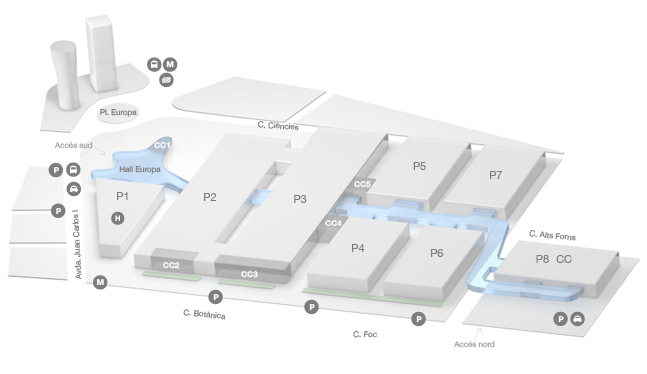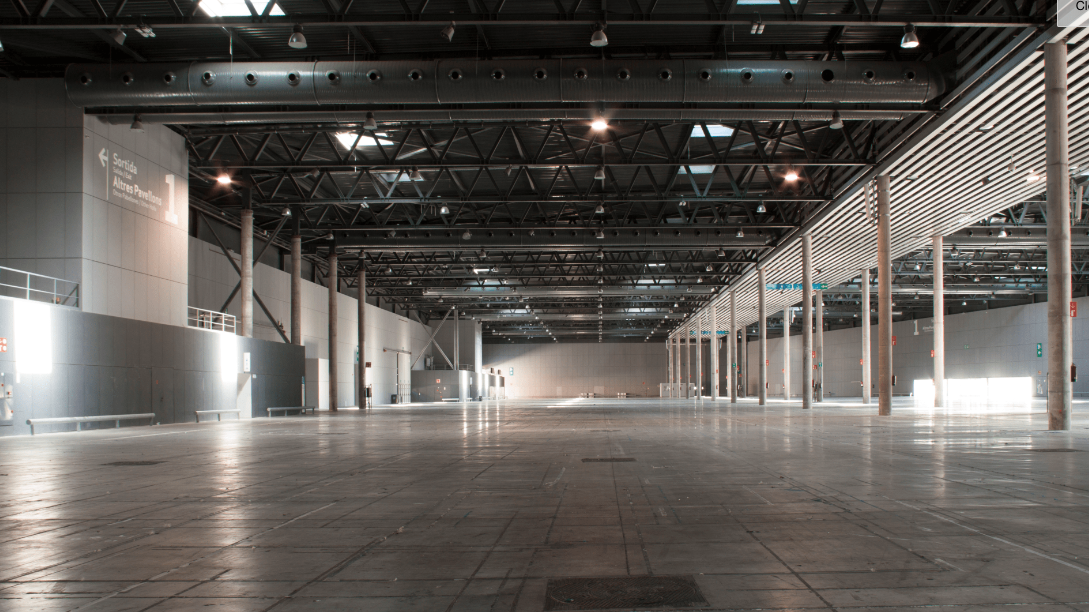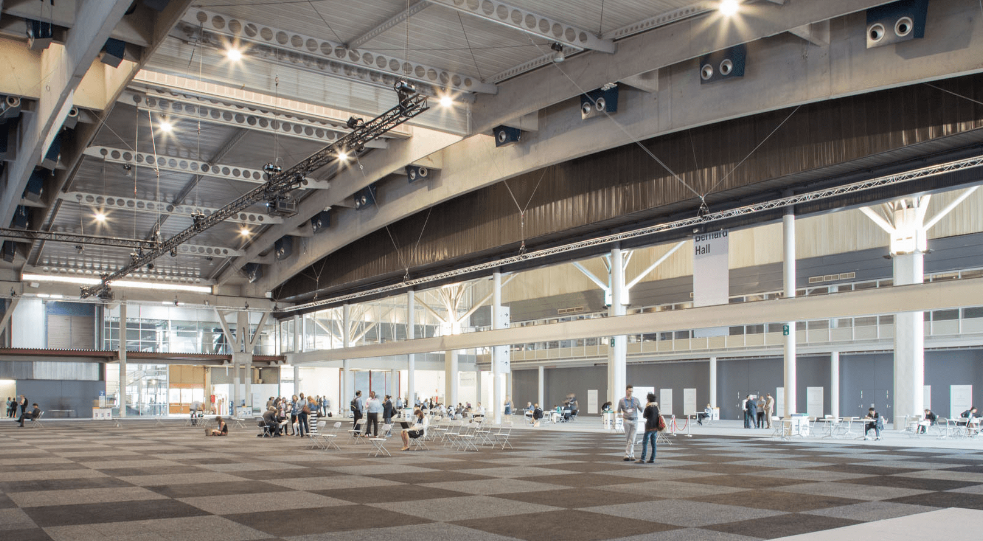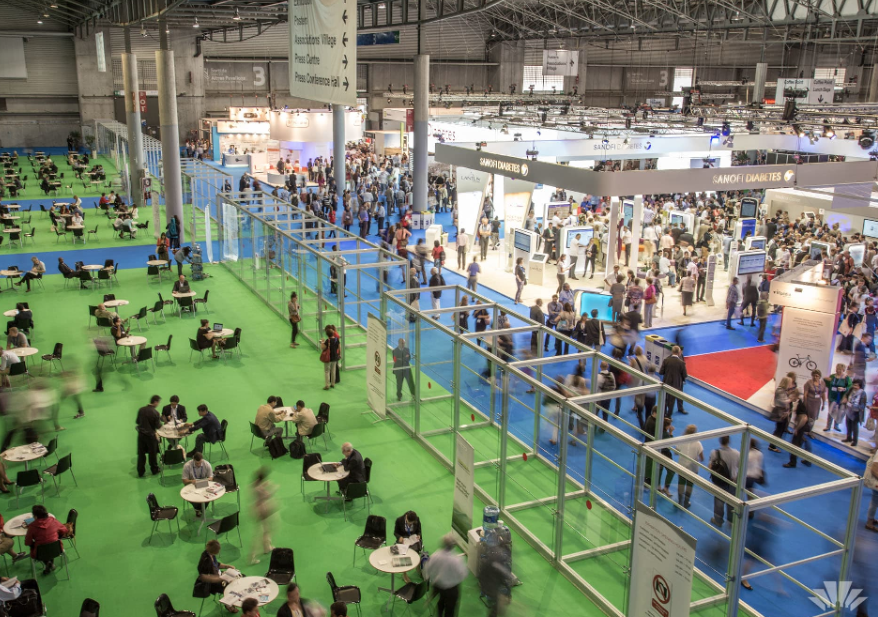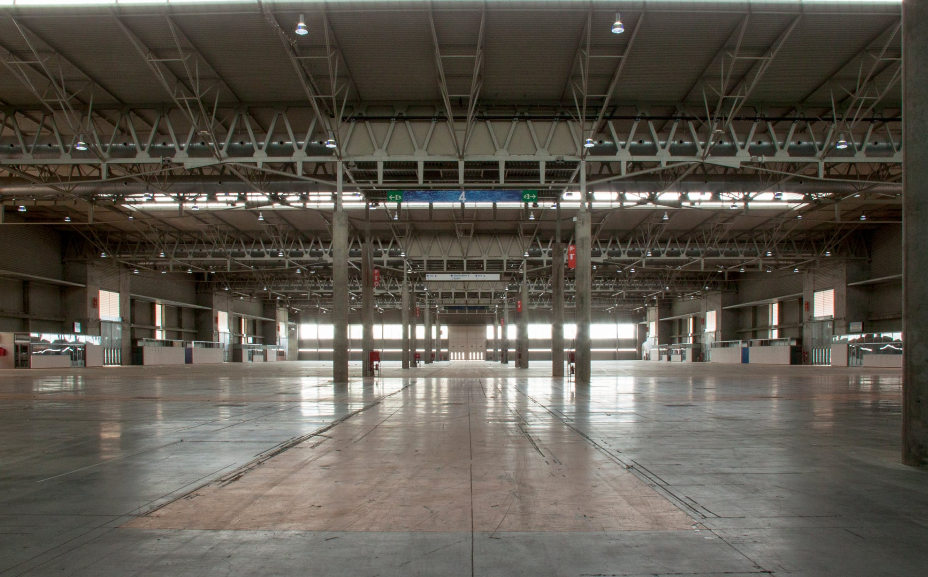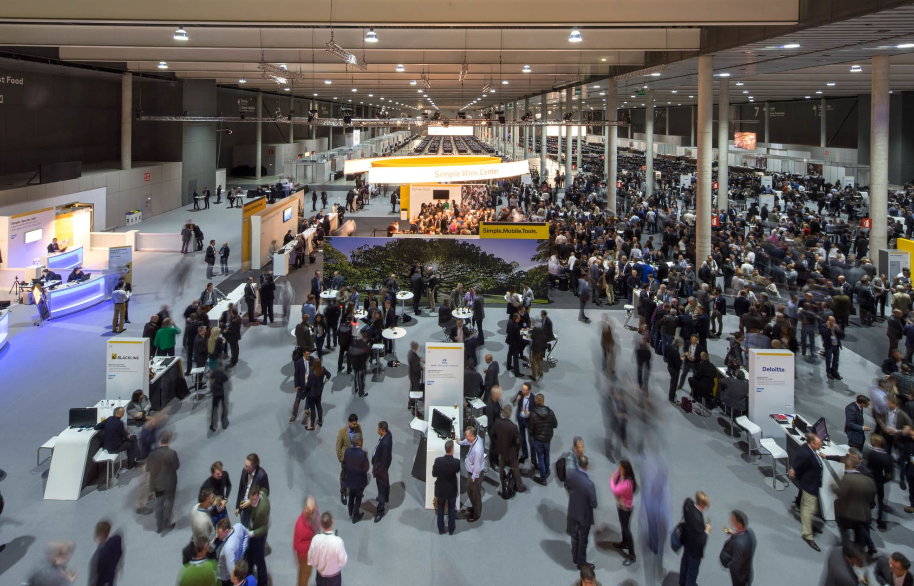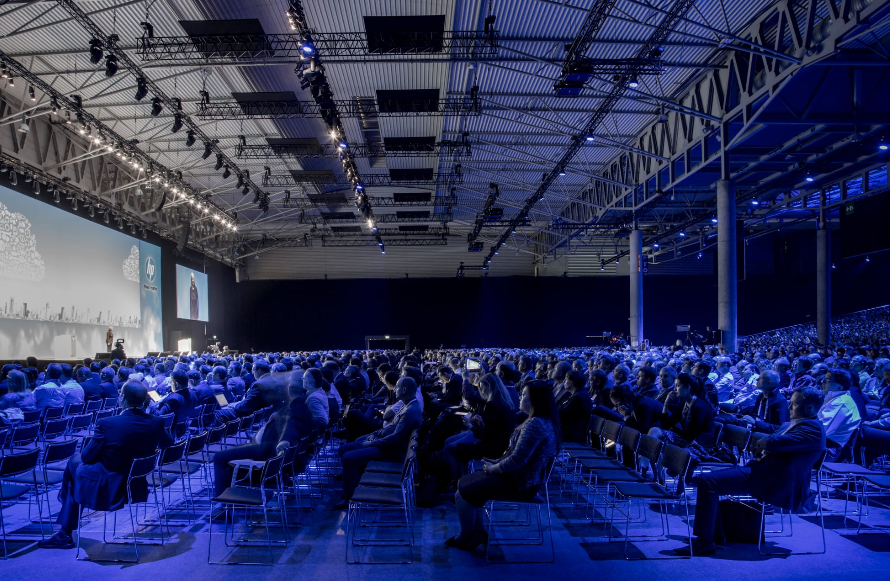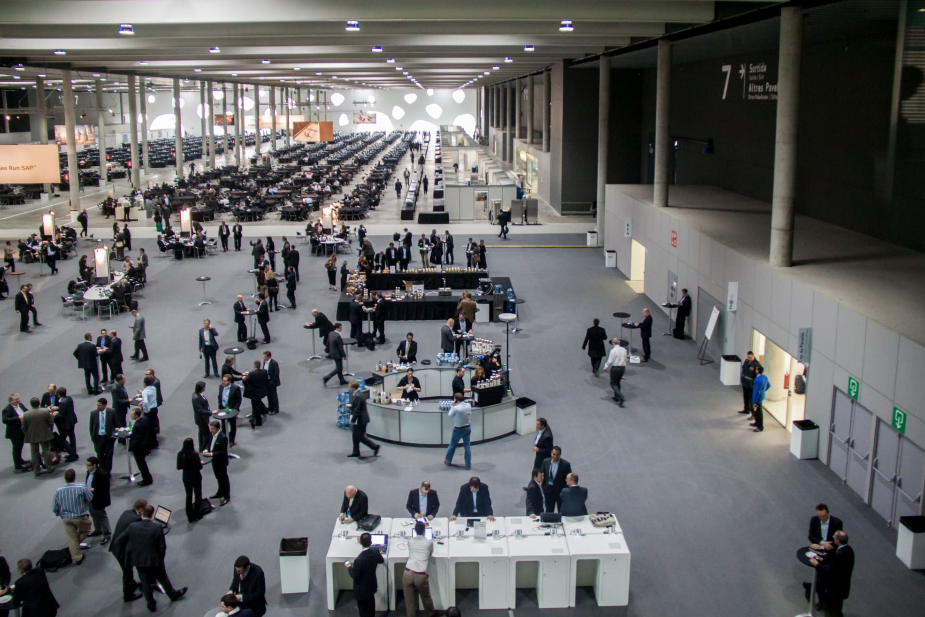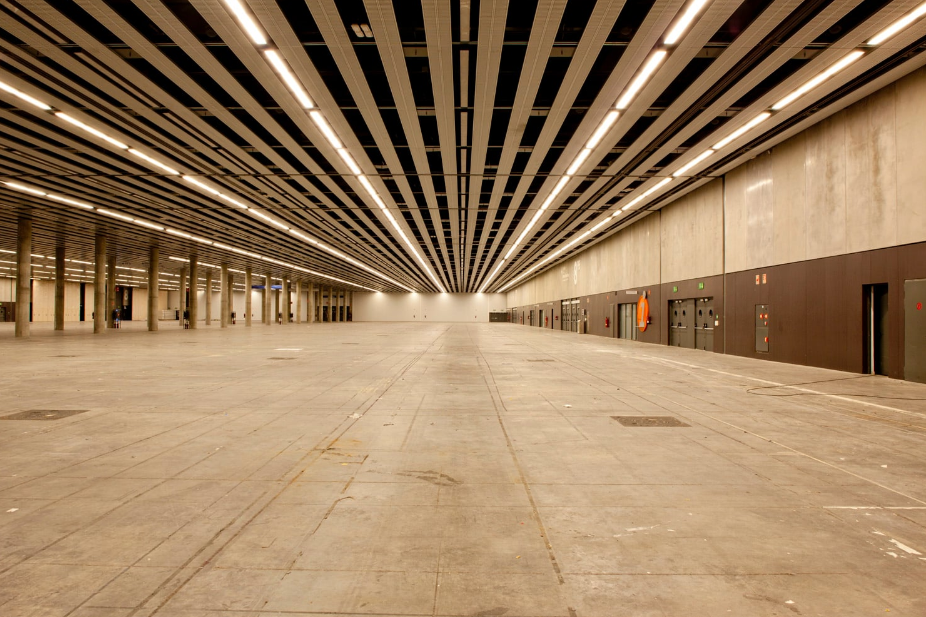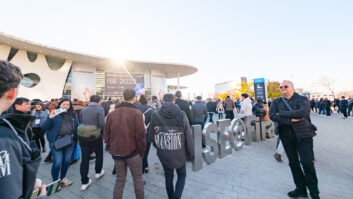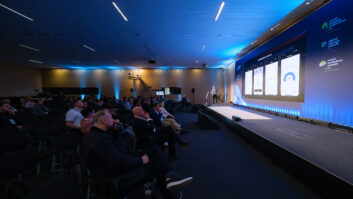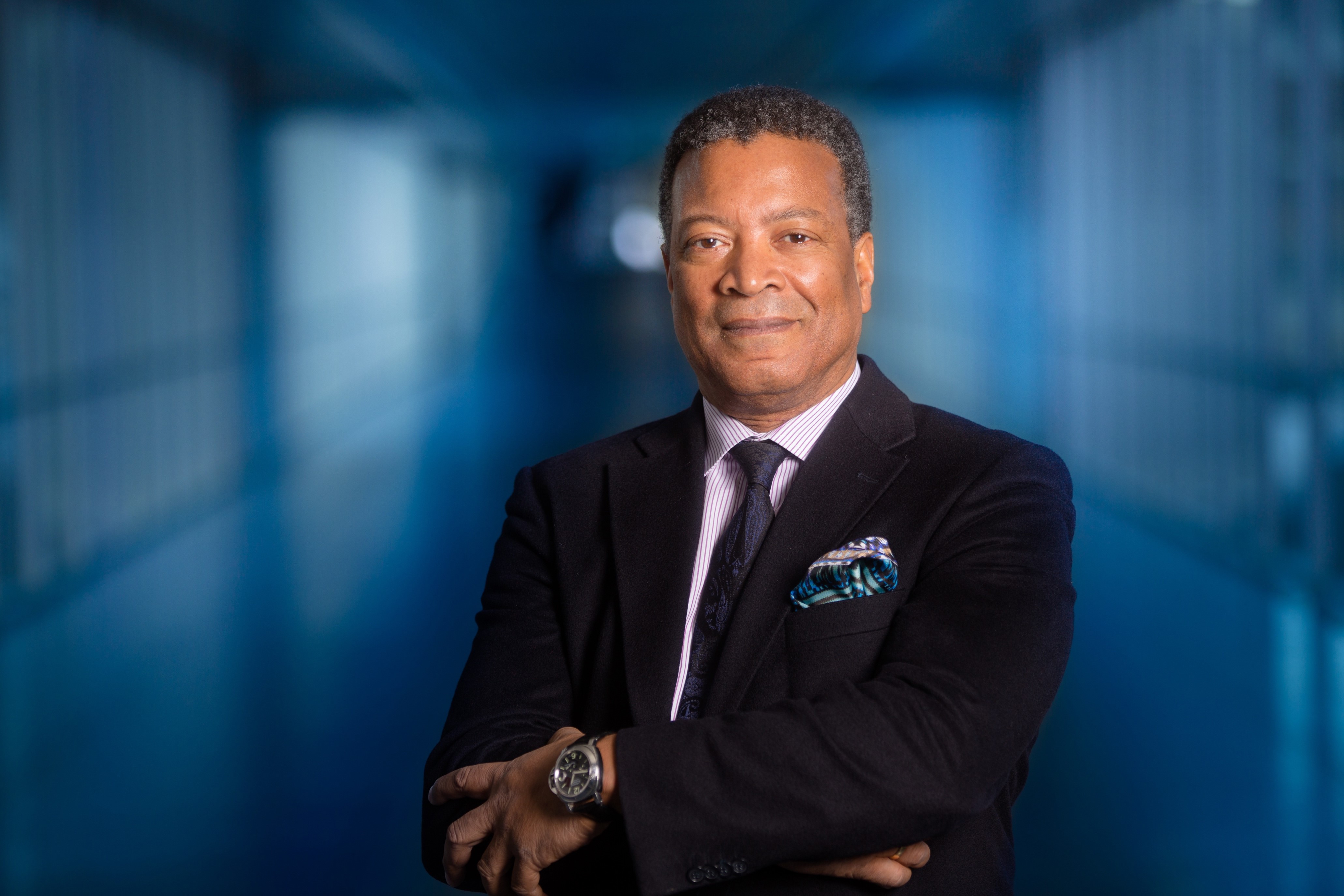
In case you (somehow) haven’t heard, ISE is moving.
From 2021, the world’s biggest AV trade show will – after 14 years – wave a fond final farewell to the RAI Amsterdam, relocating 1,000 miles south to the warmer climates (even in February) of Barcelona .
Welcoming the show with its open arms (and its estimated 470 million euro cash injection to the local economy), will be the Gran Via. With 200,000sqm of space (almost four times that of the RAI), the Gran Via is one of Europe’s largest purpose built exhibition centres, capable of accommodating north of 110,000 visitors and 2,400 plus exhibitors inside its eight giant hangar-like halls.
“We’re at the beginning of a bigger and better journey,” beamed the show’s founder and MD, Mike Blackman as we chatted in his 22nd floor hotel room overlooking Barcelona F.C’s Camp Nou stadium. “It’s been a long journey since our first show in 2004, and now we’re at the beginning of a brand new one.”
The move has been well received by the AV industry, many of which have joined ISE on its (said) journey since it began life in front of just 120 exhibitors and 3,500 visitors in its one and only visit to Geneva before going Dutch.
Since then, ISE – to borrow a quote from Blackman – has evolved into a “beast” of a show, with its latest instalment again smashing all records before it, attracting close to 81,000 visitors and 1,300 exhibitors.
Blackman continued: “When I was headhunted and asked to take a look at the opportunity of launching ISE, I thought it was interesting and had the potential to grow. But I could have never imagined it would grow this big and this fast into the beast that it is today. It’s gone way beyond mine and everyone’s expectations.”
Hall 1: Gross surface 14.000 m2
Hall 2: Gross surface 32.000 m2
Hall 3: Gross surface 32.000 m2
Hall 4: Gross surface 20.000 m2
Hall 5: Gross surface 17.000 m2
Hall 6: Gross surface 20.000 m2
Hall 7: Gross surface 17.000 m2
Hall 8: Gross surface 13.800 m2
A growing industry
Things are not about to slow down anytime soon, which ultimately has forced ISE’s hand into buying a one-way-ticket to Spain, following ISE 2020.
The AV industry continues to grow at pace, playing a greater and more intrinsic role for businesses and consumers alike.
According to figures published by ISE’s parent company AVIXA, the AV industry worldwide generated $178 billion in 2016. Through to 2022, it is expected that global AV revenues will increase 4.7 per cent annually, creating an additional $52 billion in value during the remainder of the forecast period.
“We’re lucky because we’re in an industry that’s ever evolving,” said Blackman. “The channel probably won’t increase that much, but for the buyers, that’s where we’ll continue to see an rise.”
With the industry growing and more and more companies investing in AV technologies, the knock on impact for ISE is as fruitful as it is problematic – at least in the short-term.
Each year, attendance numbers continue to rise by around six per cent, a trajectory which could see numbers reach 100,000 by 2021. In addition, demand for space from existing, new and prospective exhibitors shows no sign of abating and remains a constant battle.
To put it simply, the RAI has become a victim of ISE’s success, with demand now outgrowing supply.
“AV is key to experiences,” said Blackman. “More and more companies are putting collaboration rooms in their offices. More and more companies are using video conferencing. More and more retailers are getting involved in using AV as part of how they sell and present their products. VR is being used in car showrooms. It’s [AV] touching more and more of these companies. It’s not the fact we’re trying to grab more people, it’s more that people are getting more and more interested in what we have to offer.”
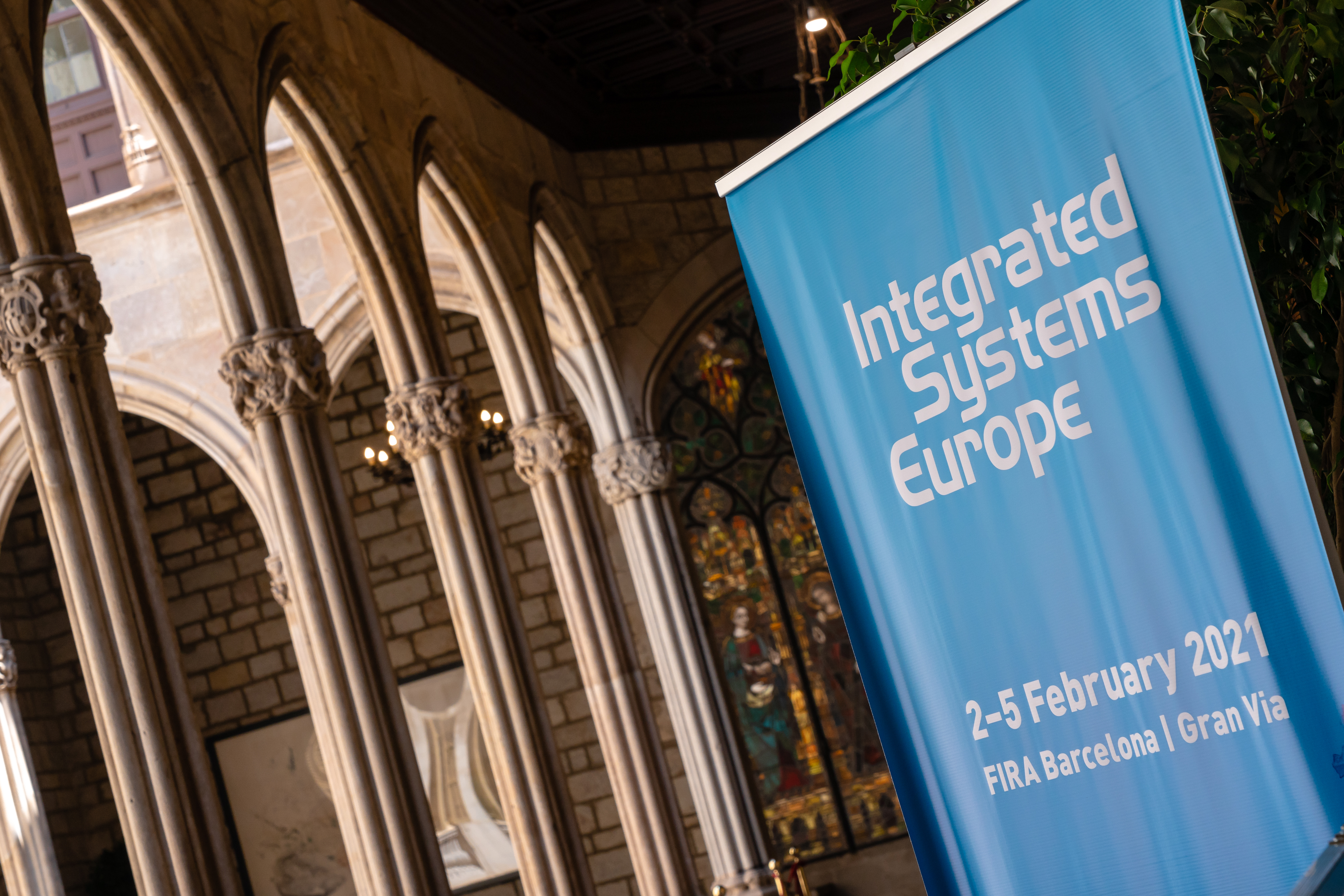
Huge growth potential
He continued: “We’re seeing 5-6 per cent growth every year. We’re on 81,000 at the moment, so by 2019 we’ll probably be looking at 85,000, by 2020 that will be around 90,000 and by 2021, we’ll be between 95,000 and 100,000. That’s conservative.
“If we look at the floor space, based on our expectations, my honest belief based on where the industry is going and what’s happening and where we see potential growth, I believe within 10-years, we can double the size of the show. We’re at 55,000 net square metres right now and we believe we can double the size of the show within 10-years.
“It’s like buying your first house. At first, everything is perfect, you have plenty of room and everything you think you could ever want or need. Then you start a family and suddenly you need a bigger backyard. ISE needs a bigger yard.”
Efforts to remain at the RAI were made. But even the addition of Hall 15 – the country’s largest temporary pavilion – in February (2018) adding 11,500sqm of extra space (taking totals above 55,000sqm) during this year’s show, failed to alleviate the problem of demand.
Blackman revealed as a result of Hall 15, it allowed exhibitors with stands covering less than 200sqm, the option of taking an additional 30sqm, should they wish. Unfortunately (depending which way you look at it), many of them did so, resulting in a number of smaller stands (10-12m2) being forced out – something ISE hadn’t foreseen.
As a direct consequence, ISE had to turn down 144 different companies that wanted to exhibit – a gut-wrenching and frustrating prospect for any business having to do.
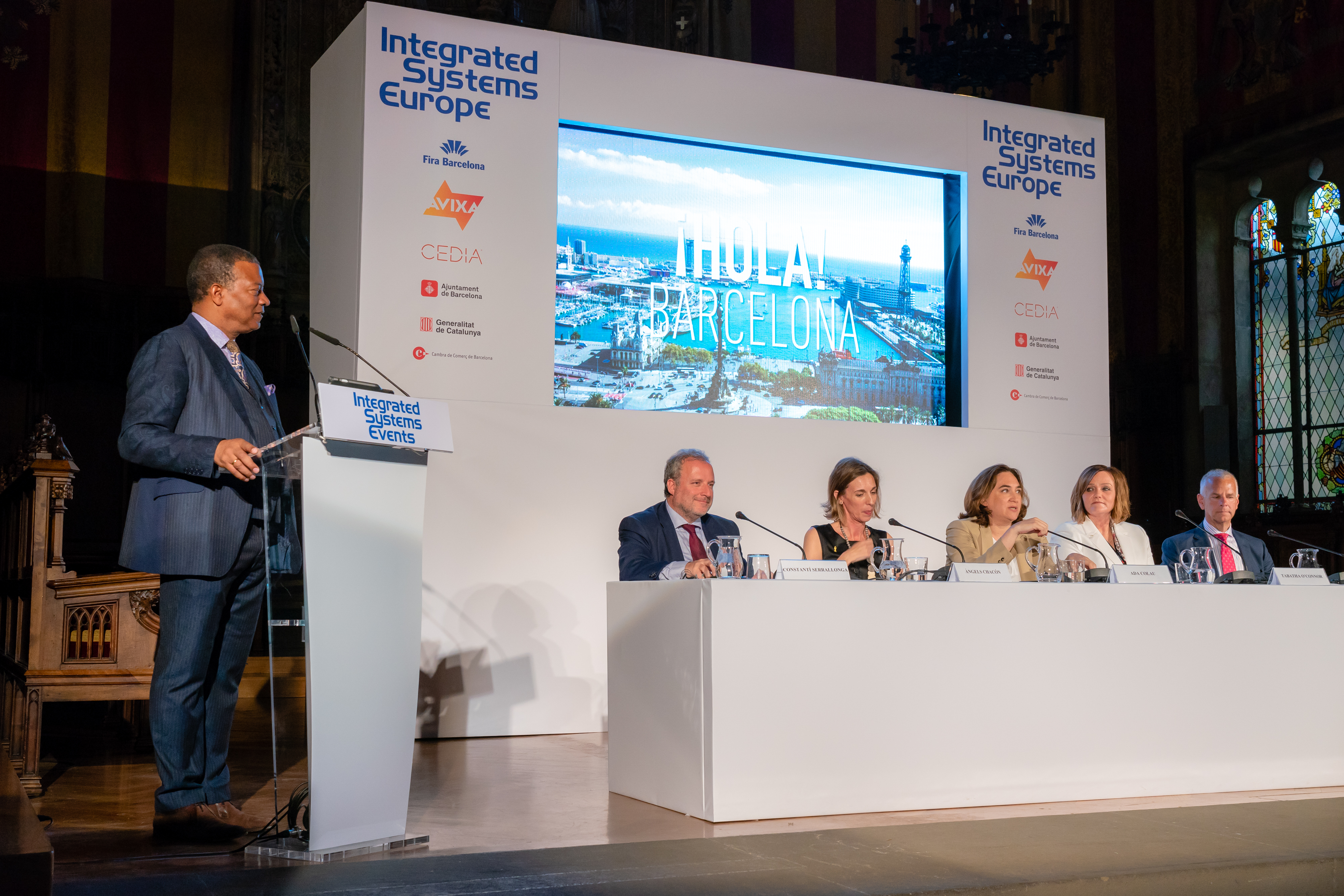
“When we decided to put on the big pavilion [Hall 15] at the front of the RAI, it filled up straight away,” explained Blackman. “That really caught us off-guard, because we felt we still had space to grow. Sadly, we were faced with a situation that meant we couldn’t accommodate everyone and those smaller stands at the bottom of the list no longer had a space to exhibit. It’s terrible to think you’re turning business away. We’ve helped to rectify that by taking another pavilion for ISE 2019, which will accommodate some, but not all of them. It’s a constant firefight.”
It was this predicament that proved to be a defining moment for ISE and its stay in Amsterdam, with the decision to leave decided in April, just a couple of months following the conclusion of ISE 2018. The RAI was informed in May.
However, it wasn’t a total surprise. Blackman revealed that discussions around its future at the RAI had already been ongoing for three-years, with the pair exploring opportunities to accommodate its needs.
Conversations typically centred around what the RAI is doing (guaranteed), what it could be doing (expects) and what it would like to do (ambitions).
“Ultimately, for us to be able to grow and reach the level and potential we truly believe the show can achieve, we needed a bigger venue,” he said almost apologetically, such is his fondness of the city and his relationship with the RAI.
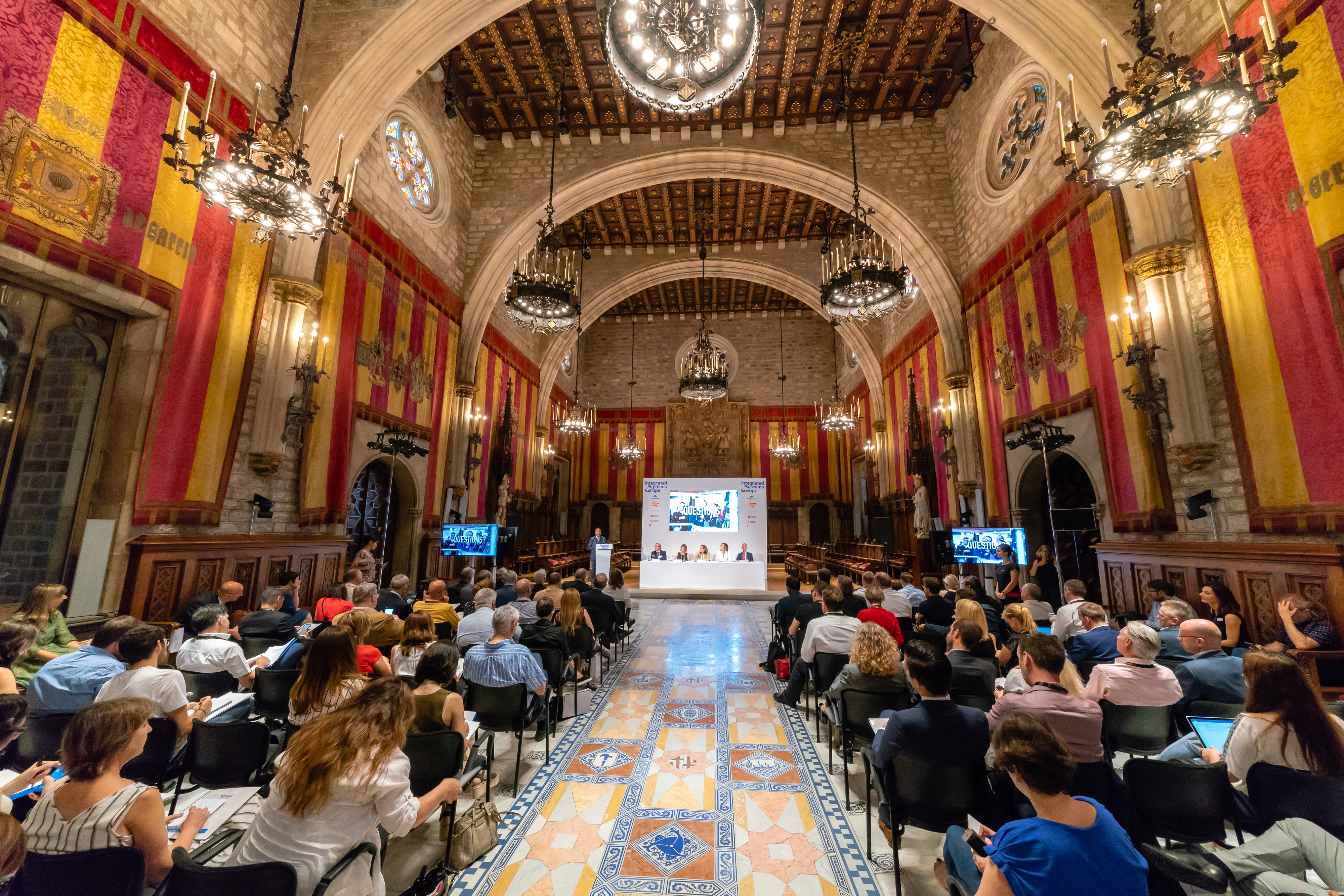
Not taken lightly
“We didn’t take the decision [to leave] lightly,” he explained. “The RAI and Amsterdam have always been good to us. They [the RAI] were honest and realistic with us and we looked at how we could influence certain things that we needed to happen to keep us there. We had to be fair and realistic with them. We couldn’t just come in with demands of build this and build that or we go.
“Ultimately, we matched what they could provide over the next 10-years against what we believe will happen to the show during the same period. What we saw immediately was that the gap between what we needed and what the RAI could provide was getting further apart. We went back to them and asked how realistic some of their proposals for expansion were. They were honest and told us that they couldn’t make any promises. At that point, we explained that we had to work on our plan-b”
Negotiations
Plan-b first kicked into gear around 18-months ago, with ISE holding discussions and conducting surveys with selected exhibitors and attendees to get a consensus on their feelings towards the show remaining at the RAI and a possible move away
During this time, Blackman also began visiting other venues in “all leading cities” across Europe to find a suitable replacement and accommodate its long term plans, should the RAI not be an option.
Whilst space was a primary need, there were also a long list of others requirements to factor in before a final decision could be made. These included securing the availability and reasonable pricing for hotels, transportation both to Barcelona and getting to and from the show, amongst others.
All things considered, the Gran Via was the outstanding choice.
“We looked at all the major European capitals to see what they had to offer in terms of their facilities, infrastructure, accommodation and all those sorts of things” Blackman explained. “After we’d decided Barcelona was the place we wanted to go we had to first make sure the total package was right for everyone. That needed to be agreed before we signed anything – otherwise we wouldn’t be in a strong negotiating position.”
He continued: “The hotel’s were a key part of that, because we didn’t want the news to come out that we’re coming to Barcelona and all the hotels saying (rubbing his hands), great, we want 500 euros a night during that week. We worked closely with the venue and the mayor and everything is in place. It’s going to be a great venue for us.”
Wrapping up our chat, Blackman admitted he has plenty of sympathy for those at the RAI who have, in many ways, joined ISE on its growth journey.
With ISE being the largest trade show held in the city, the void being left will be difficult (impossible?) to fill, both financially for the venue and the city.
He revealed ISE could have made its exit at the end of next year’s show (2019), but has opted for an additional year (2020), increasing the chances for the RAI to secure a replacement.
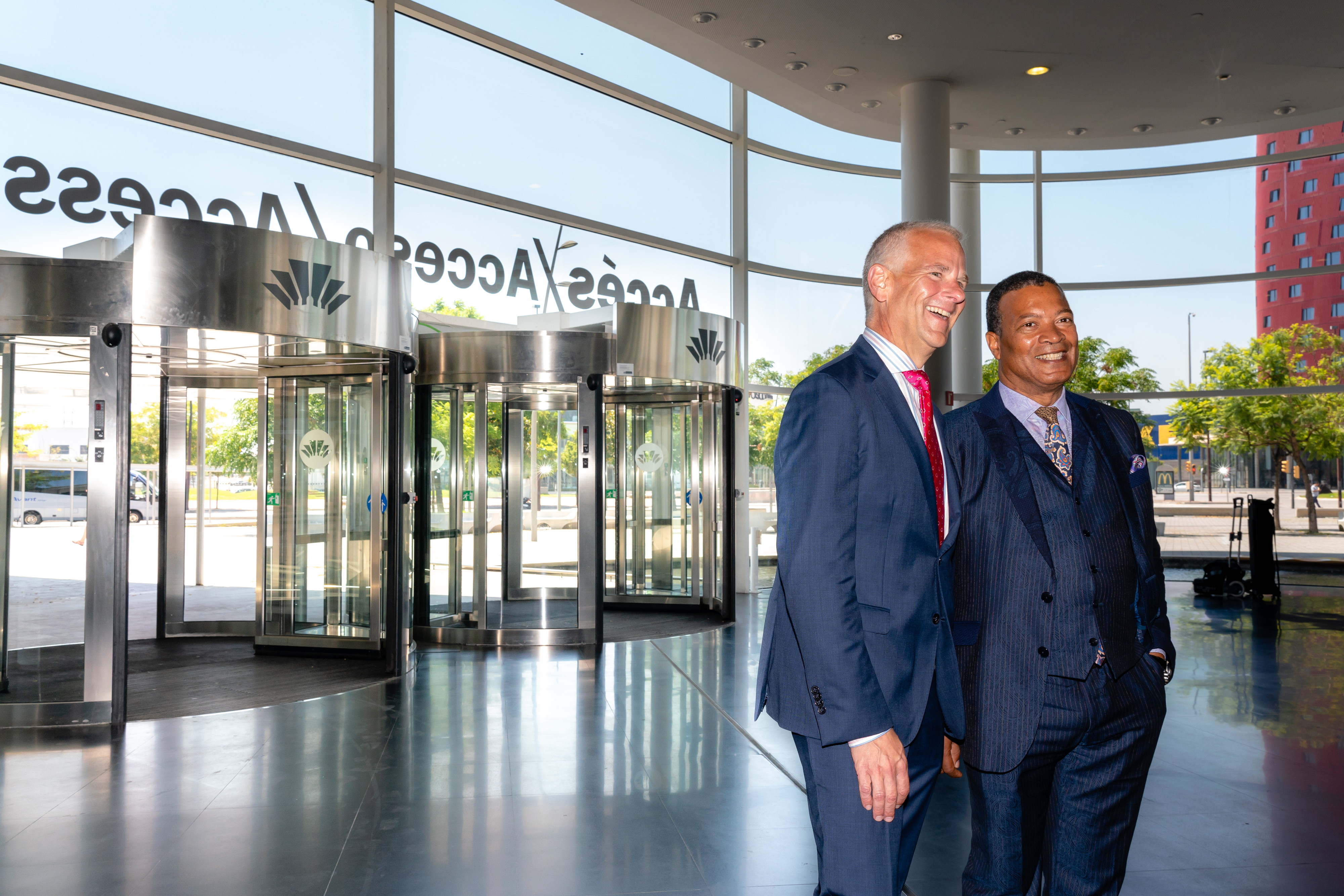
“It’s like a rental contract with a house,” Blackman explained. “You don’t want to leave someone in the lurch, so we’ve given them time to go out to the market with a free slot in 2021. We’ll be doing other things there in the future too, so we want to maintain a good working relationship.”
He concluded: “The RAI have been and remains a great partners for us. It’s a great city and its really embraced ISE over the years. I’ll always remember speaking to a taxi driver who told me that the busiest time of year for him was during ISE. He joked that the rest of the year, they [fellow drivers] eat hamburgers, but during ISE, they eat steak. It shows the impact we have on the city and the people within it. It wasn’t just a show in February, it was ISE. The whole city has embraced us. In the build up to a show, you see restaurants and bars displaying signs saying ‘ISE builder special’ Our leaving will create quite a vacuum. But we have to do what’s right. The ambition now is to replicate that in our new home. We’ll miss Amsterdam, but the long-term future for ISE is in Barcelona.”
